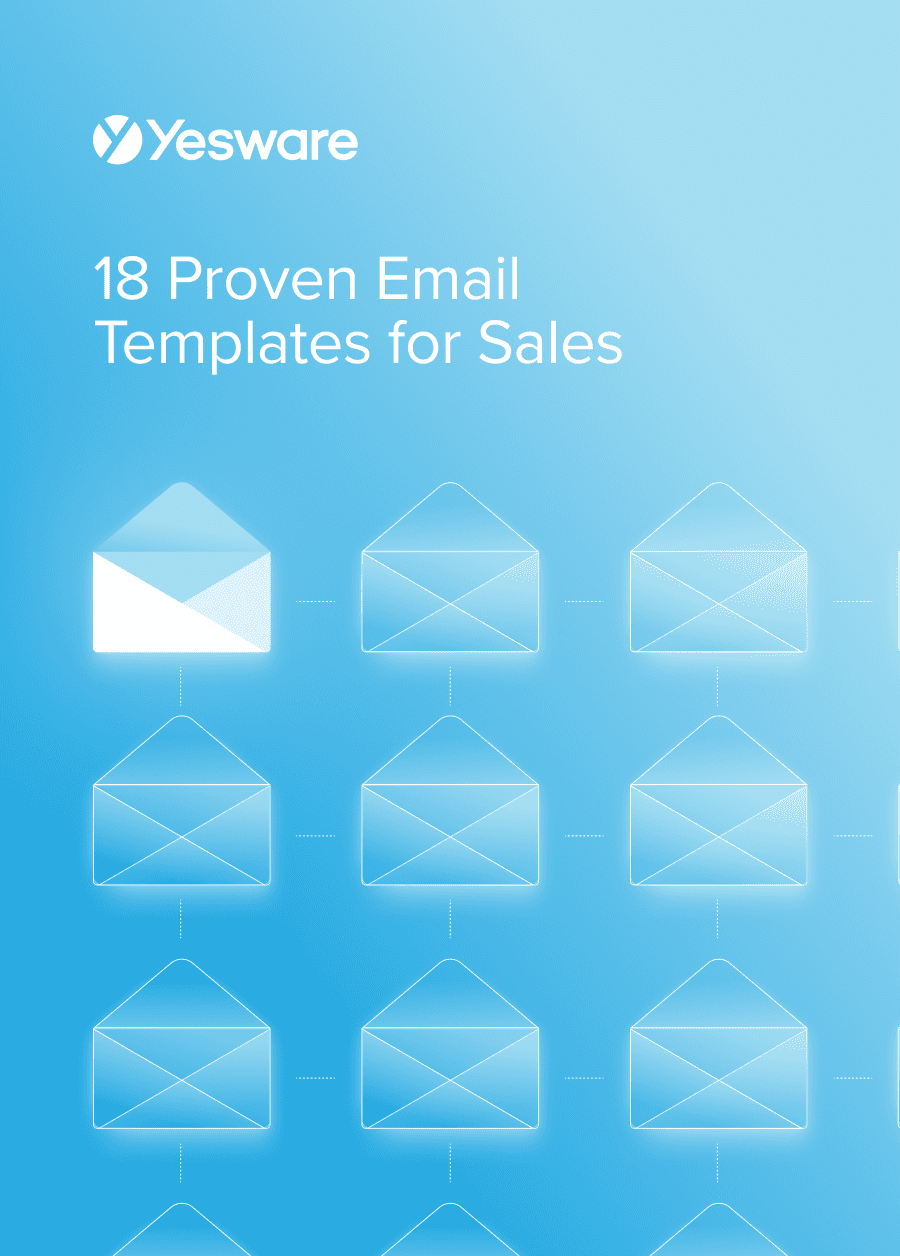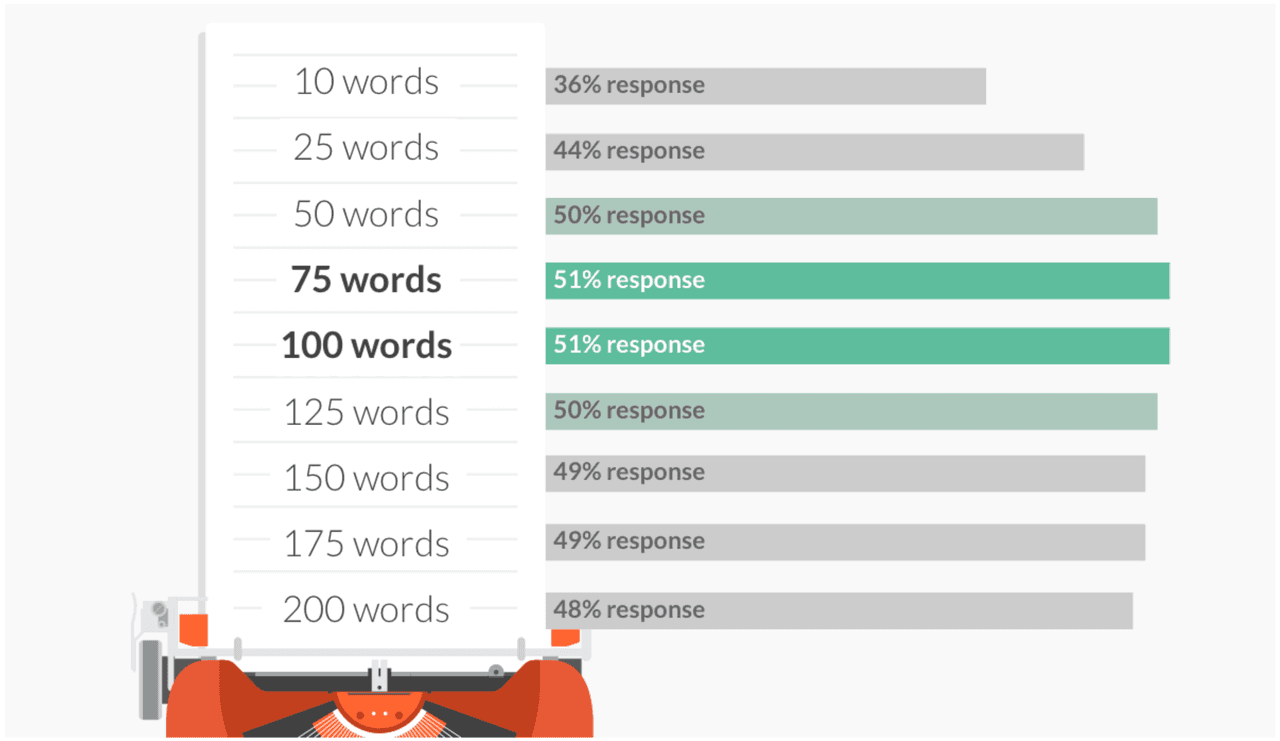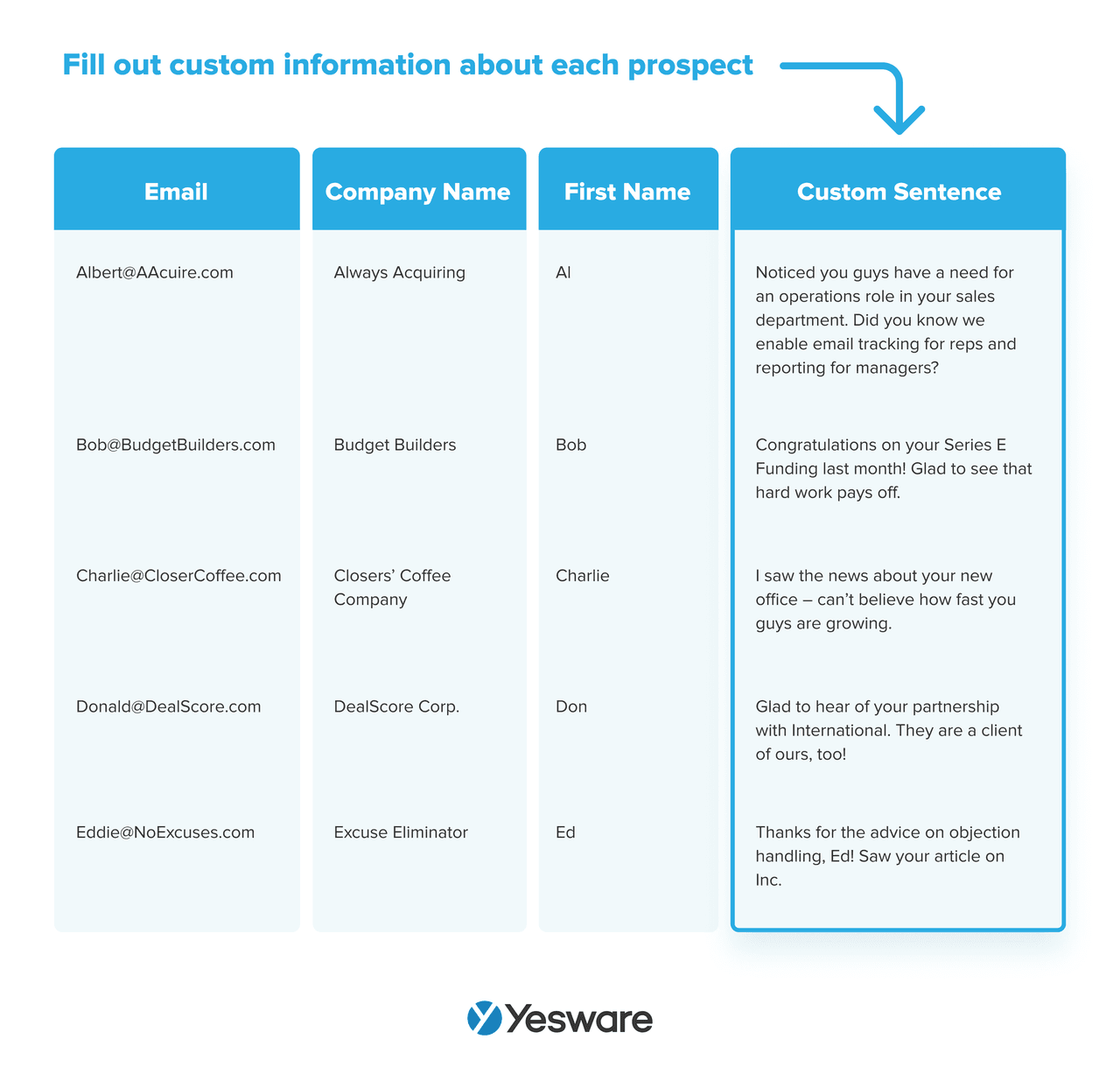15 Best Alternatives to “I Hope This Email Finds You Well”
Casey O'Connor
You’d be hard-pressed to find someone who hasn’t written or read an email that starts with the phrase “I hope this email finds you well.”
This phrase is one of the most common email introductions for both personal and professional use. People use it over and over again because it’s easy, polite, and strikes the perfect balance of casual and formal for any colleague, prospect, or client.
Unfortunately, its popularity is also leading to its downfall. “I hope this email finds you well” is extremely overused, so much so that including it in your own emails may give recipients an air of insincerity or old-fashionedness.
In this article, we’ll go over 15 alternatives to the email phrase “I hope this email finds you well” so that you can improve your email engagement metrics and make better connections with your email recipients.
Here’s what we’ll cover:
- “I Hope This Email Finds You Well” Meaning
- Is It Ok to Use “I Hope This Email Finds You Well” In Your Outreach?
- 15 Alternatives to “I Hope this Email Finds You Well”
- Email Opening Best Practices
“I Hope This Email Finds You Well” Meaning
“I hope this email finds you well” is a phrase that’s not unique to sales reps. People from all industries and geographical locations use this phrase at the beginning of their email messages.
The phrase is used so universally because it’s a straightforward, polite way to send the email recipient your well wishes.
 Here’s a bit of history: The phrase actually originated in a time when sending letters was the standard method of communication — decades and perhaps even centuries before email existed.
Here’s a bit of history: The phrase actually originated in a time when sending letters was the standard method of communication — decades and perhaps even centuries before email existed.
People would begin their letters with the phrase “I hope this letter finds you well” because, in most cases, significant time would pass between the time the letter was sent and when it was delivered.
In those times, there actually was a genuine risk of the letter arriving to find the recipient with a change in health or wellness circumstances.
Now, with digital communication making it easy to stay in near-constant communication with one another, it sounds a bit silly to begin emails with a phrase that was designed for messages with weeks passing between being written and delivered.
Is It Ok to Use “I Hope This Email Finds You Well” In Your Outreach?
In short — of course it’s okay to use “I hope this email finds you well.” There’s nothing fundamentally wrong or offensive about the phrase.
That being said, although well-intentioned, the phrase can sometimes inadvertently come across as cliche or even disingenuous. It runs the risk of disengaging your recipient right at the very beginning of your email message.
If you’re trying to get someone’s attention, it’s best to stay away from overused phrases like “I hope this email finds you well.”
15 Alternatives to “I Hope This Email Finds You Well”
While there’s nothing egregiously bad about “I hope this email finds you well,” a stronger alternative can help your email feel more engaging and authentic. This will help create a good first impression and build positive rapport.
Here are 15 of the best alternatives to “I hope this email finds you well.”
1. I hope you’re doing well.
This is a more modern and slightly less formal option than “I hope this email finds you well” (thanks mostly to the contraction “you’re”) and is appropriate for most coworkers, as well as clients with whom you have a strong, familiar relationship.
2. I hope you’re having a productive week.
This is a professional twist on “I hope this email finds you well.” It acknowledges how hard the email recipient is likely working and wishes them well in their efforts.
This email opening line is best reserved for coworkers or colleagues; it doesn’t always land as genuinely with prospects or customers.
3. I hope you’re having a good week.
Here’s another option that’s a bit more informal than “I hope this email finds you well.” It’s also more generic than “I hope you’re having a productive week” and is probably safe to use with select prospects and clients with whom you feel extremely close.
4. It was great seeing you at [insert place name].
If you recently saw and spoke face-to-face with your email recipient at a professional or local event, mentioning that meeting is a great way to open your email.
Make sure you note when and where you saw them (“the Mark Mitchell talk last Wednesday”), and include a few details about whatever you discussed, if relevant and productive.
5. Congratulations on [insert recent accomplishment]!
If, in your research, you discover that your email recipient has recently achieved a promotion, article publication, or another work accomplishment, feel free to mention it in your email opening.
Genuine flattery can be very helpful in establishing a positive relationship and shows that you’re thoughtful and prepared. Researching recent accolades may take a bit of extra time, but it goes a long way in building rapport.
6. Hope you had a great weekend!
Hopefully, this goes without saying, but this email opener is best used on a Monday (Tuesday morning at the latest). This is a more relevant alternative to “I hope this email finds you well.”
It’s a bit generic, but it also gives the recipient the feeling that you care about their life outside of the work week. It can help small talk and other rapport-building feel more natural, especially if you mention something personal you remember from past conversations (“Did you have a chance to get the boat out on the lake this weekend? The weather was gorgeous.”).
7. I know how busy you are, so I’ll be brief.
This line is effective because it shows your recipient that you value their time. The trick here is to stick to your word — make sure your email is as short and sweet as you promise it will be.
8. [Mutual contact] suggested that I reach out to you.
Unlike “I hope this email finds you well,” this alternative is personalized for the specific recipient.
Mentioning a mutual contact in your email opening is a surefire way to establish rapport and build trust right out of the gate. It can also serve as an endorsement of your professionalism and work reputation (assuming this mutual connection is also upstanding, of course).
Just make sure that you have the person’s permission to mention their name in your outreach, and don’t make them the entire focus of your message. Get to the point after briefly mentioning your connection to them and how it’s relevant to your message.
9. I’d love an update on [insert task].
If you’re checking in with colleagues or teammates about an ongoing project or task, you might consider opening your email with a straightforward check-in.
This is a direct but friendly way to find out the status of something, and you can further specify it by including a due date, or more information about what you’d like included in the update.
10. I really appreciate your quick response.
This is a nice way to open a reply email when the recipient has done you the favor of replying quickly. This email opener is best used in the context of longer back-and-forth correspondence and is especially polite when you’re relying on their promptness to meet a deadline or otherwise succeed.
This opener shows that you value the recipient’s time and appreciate how they prioritized yours.
Tip: Interested in more unique email openings? Grab our free ebook below filled with successful email templates you can use today.
 18 Proven Email Templates for SalesWinning email templates for cold outreach, follow-ups, and nurturing relationships – backed by data and real-world examples.
18 Proven Email Templates for SalesWinning email templates for cold outreach, follow-ups, and nurturing relationships – backed by data and real-world examples.
11. It’s a pleasure connecting with you again.
This opening is a more unique and subtle alternative to “I hope this email finds you well.” It’s a friendly yet professional way to express that you’re happy to cross paths (even via email) with someone you’ve already met.
This opening line can be especially useful if the email references something you discussed at your last meeting.
12. How are you doing?
In some scenarios, you may not want to start your email with a statement; sometimes, a question can be equally or even more effective.
Asking the recipient directly how they’re doing can show genuine care and concern. It is an especially welcome and friendly opener for familiar recipients with whom you haven’t spoken in a while. It’s usually used at the beginning of emails that have a more personal tone.
13. I’m eager to get your thoughts/expertise on [insert subject].
A little humility can go a long way in building rapport and trust.
An email opening line that solicits knowledge or advice from the recipient can be flattering, and ultimately offer value to both parties. It helps frame the relationship as one of mutual benefit. Just make sure that their background is relevant to the question you’re asking and that they’re likely to know the answer to the question you’re asking.
14. How did [insert project/event] go?
If you know that your recipient had a recent event, engagement, project, or another deadline that you knew about, you might consider opening your email by asking how it went. This shows that you pay attention when they speak and that you care about how things are going for them.
This email opening is especially effective when the engagement relates to whatever you’re emailing about.
15. Thanks for your time [insert date of meeting/call].
Last but not least, this “I hope this email finds you well” alternative is a perfect opening line for a follow-up email, which will undoubtedly come in handy for sales reps.
This intro shows that you appreciate the time they offered you during the meeting, and also that you’re prompt and diligent in your communication.
Email Opening Best Practices
Regardless of which opening line you use, here are some of our best email opening best practices. Following these will help ensure your emails are engaging and effective.
Keep It Short
Research shows that the most effective emails (i.e., the ones that get opened and/or generate responses) are only 50 – 125 words, start to finish.

Your email opening needs to be as short as possible, so you can save most of your real estate for the main point of your message.
Make It Personal
Whenever you can, try to make your email opening personalized. Nearly 85% of buyers report that feeling like a person, not a number, is a key factor in earning their business.
Personalizing your email opening line can show your recipient that you didn’t simply plug their name into an email software platform, but that you actually took the time to think about what you wanted to say to them as an individual.
Tip: When you’re doing your research, fill out a custom sentence about each prospect so that you have one on hand when writing your emails.  Interested in the spreadsheet above? Grab it here.
Interested in the spreadsheet above? Grab it here.
Be Clear and Concise
Your email opener isn’t the time or place to beat around the bush; be friendly and polite but also direct. Don’t waste time dragging on with unnecessary pleasantries and small talk.
Lead with your opening, make it clear who you are, why you’re emailing, and what you need from them (if necessary), and then get right to the point. If applicable, let them know when you plan to follow up.
Do you find yourself using the phrase “I hope this email finds you well?” Do you have another favorite email opener? Are there some new ones you might be willing to try in the future?
More alternative guides:
- 20 Alternatives to Say “Looking Forward to Hearing from You”
- 20 Alternatives to Say “Just Checking In”
- 15 Alternatives to Say “Thank You for Your Understanding”
- 11 Alternatives to Say “As Per My Last Email”
Get sales tips and strategies delivered straight to your inbox.
Yesware will help you generate more sales right from your inbox. Try our Outlook add-on or Gmail Chrome extension for free, forever!
Related Articles
Jenny Keohane
Jenny Keohane
Jenny Keohane
Sales, deal management, and communication tips for your inbox

